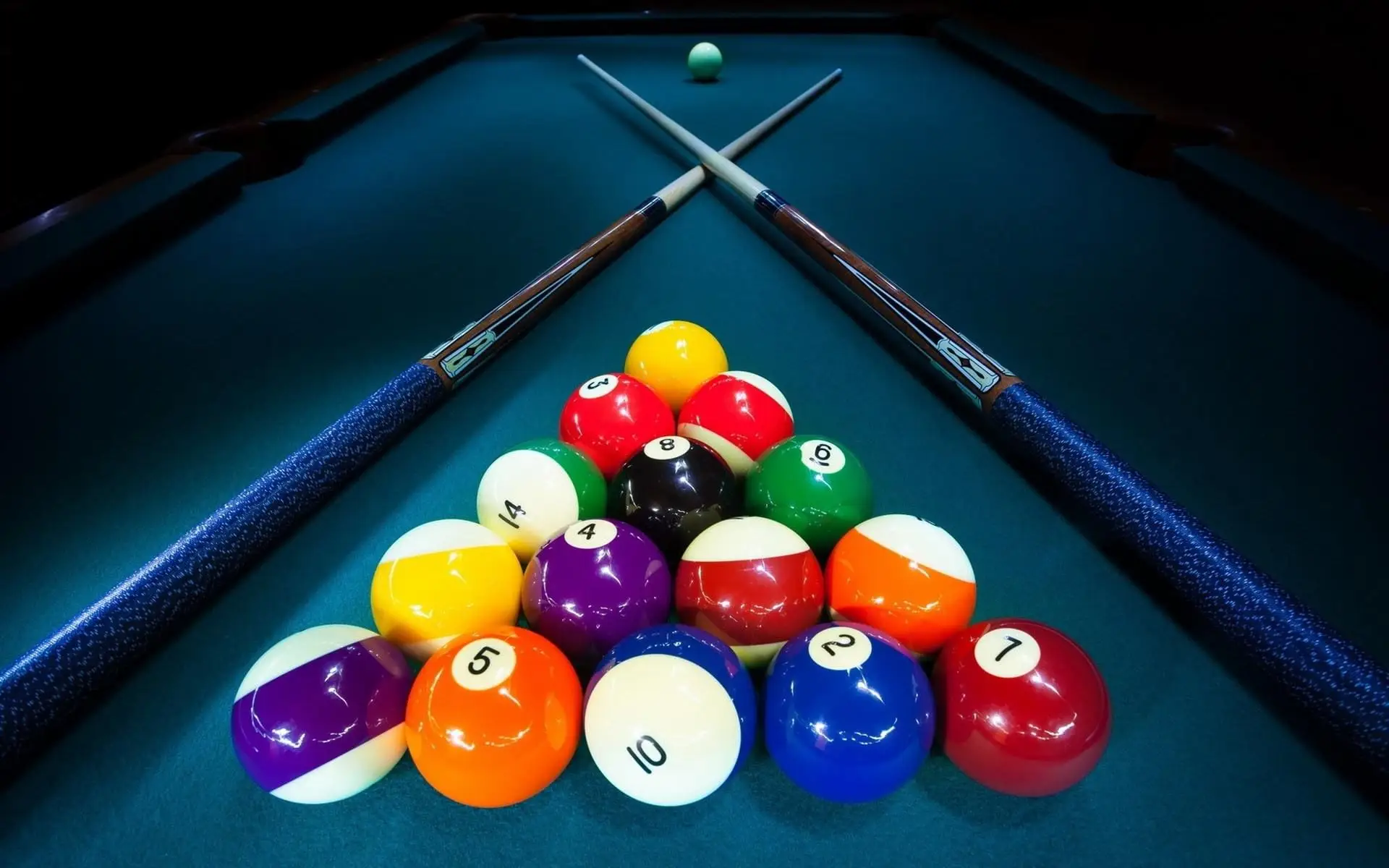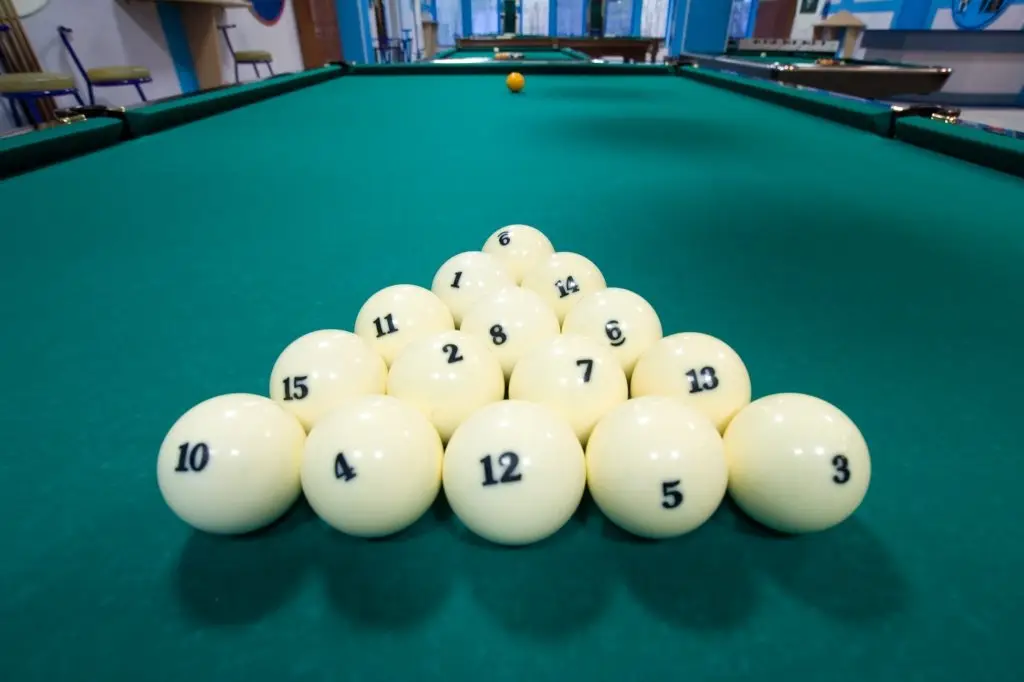Understanding the difference between Russian billiards and American pool reveals the true essence of these disciplines and helps to appreciate not only the playing approaches but also the cultural traditions behind them. In the article, we will delve into the key parameters, specific differences, and nuances of each variety, allowing for a fresh perspective on familiar terms.
### Historical Roots and Cultural Context: How Russian Billiards Differs from American Pool

Russian billiards originated in Russia and CIS countries, gradually acquiring its own identity from the mid-19th century. American pool, on the other hand, was developed in the USA at the end of the 19th to the beginning of the 20th century, spreading as a popular form of entertainment and sport. Despite their common origin from the classical format, their development followed different paths, reflected in the rules and techniques.
Russian billiards primarily focuses on maximum accuracy and striking power. The game demands high skill from the player since the balls are larger than in pool, requiring greater physical and technical preparation to interact with them. American pool, conversely, emphasizes speed and tactics, with agility and strategic thinking prevailing in the limited space of the table.
### Key Differences in Equipment and Gear
How Russian billiards differs from American pool: in the sizes and shapes of tables, as well as the parameters of balls and cues:
1. Table sizes. Russian billiards use tables most often 12 feet in dimensions (approximately 3.66×1.83 meters), significantly larger than standard pool tables, which usually range from 7 to 9 feet (2.13–2.74 meters). Such a size requires more powerful and precise strikes to control distant balls.
2. Ball diameter. Balls in Russian billiards have a diameter of 68 mm, larger than in pool where balls of about 57 mm are used. The increased size affects the gameplay, creating a slower and more deliberate movement across the table.
3. Cues. Cues for Russian billiards are longer and thicker, usually around 140 cm, due to the need to control powerful strikes on a large field. American pool uses shorter and lighter cues (approximately 120 cm), allowing for quicker maneuvers and various shots.
### Rules and Gameplay Specifics: How Russian Billiards Differs from American Pool
How does Russian billiards differ from American pool? The rules demonstrate fundamental differences that influence the game dynamics and tactical decisions. Russian billiards involves several disciplines, including “Free Pyramid,” “Combined Pyramid,” and “Moscow Pyramid.” Each of them operates on a system of scoring points for pocketed balls and restrictions on shots, requiring complex combinations and precise ball handling. For instance, in “Free Pyramid,” any object can be pocketed, while in “Combined Pyramid,” only specific ones are allowed.
American pool, represented by games like “8-ball,” “9-ball,” and other popular formats, focuses on sequentially pocketing balls with different strategies. In “8-ball,” players take turns pocketing objects of their color (solid or striped) and then aim to pocket the eight ball to win the game. In “9-ball,” the sequence with numbers is crucial, and the first pocketed ball determines the attacking turn.
### Technical and Tactical Aspects of the Game
Russian billiards compel players to employ powerful, precise strikes from long distances, working with force and angles with high accuracy. The large balls and wide table demand incredible coordination and strength. Players often use a series of shots, carefully calculating trajectories and rebound angles. The multitude of combinations and tricks make Russian billiards a game where mastery is reflected in every move.
American pool emphasizes tactics and speed. Pool requires players to react quickly, build position for the next shot, and analyze the opponent’s behavior. The game focuses on controlling space and executing pinpoint shots, often within short time frames. Here, not only physical but also intellectual components are crucial, allowing players to anticipate the opponent’s moves.
### 5 Key Criteria for How Russian Billiards Differs from American Pool
1. Table size and shape. Russian billiards use large tables (up to 12 feet) with a wider playing surface, while pool uses compact tables ranging from 7 to 9 feet.
2. Ball diameter. Balls in Russian billiards are larger (68 mm) and heavier, complicating control and requiring strength; in pool, they are 57 mm, lighter and more maneuverable.
3. Game rules. Russian billiards offers various variations with different ball pocketing conditions, while American pool is divided into separate disciplines with a clear sequence of shots.
4. Technique and style. Russian billiards is a slow, powerful, and precise game, while pool is dynamic, tactical, and fast-paced with intensive position changes.
5. Equipment used. Cues for Russian billiards are longer and bulkier, while pool cues are shorter and lighter, reflecting differences in playing style and physical requirements.
### Practical Examples and Figures

In official Russian billiards tournaments, such as the Russian Championships, standard 12-foot tables are considered the norm. Players execute series of 10-20 consecutive shots, pocketing balls with millimeter precision, confirmed by high-precision video replays and electronic result recording systems. In American pool, the US and European championships are held on 9-foot tables with 57.15 mm object ball diameters, and the average game duration is about 15 minutes. The number of shots in a series can reach a maximum of 5-7, after which a turn change occurs.
### Conclusion
The difference between Russian billiards and American pool becomes evident through the lens of unique physical, technical, and cultural parameters. The former format serves as a test of strength and precision on a vast playing field, requiring the utmost skill and endurance. American pool offers lively dynamics, intellectual gameplay, and rapid decisions in compact conditions. Both disciplines retain their place in the global sports and entertainment space, remaining fundamentally distinct and vibrant.
 en
en  ru
ru  de
de  ar
ar  es
es  nl
nl  hi
hi  fr
fr  it
it  pt
pt  el
el 



